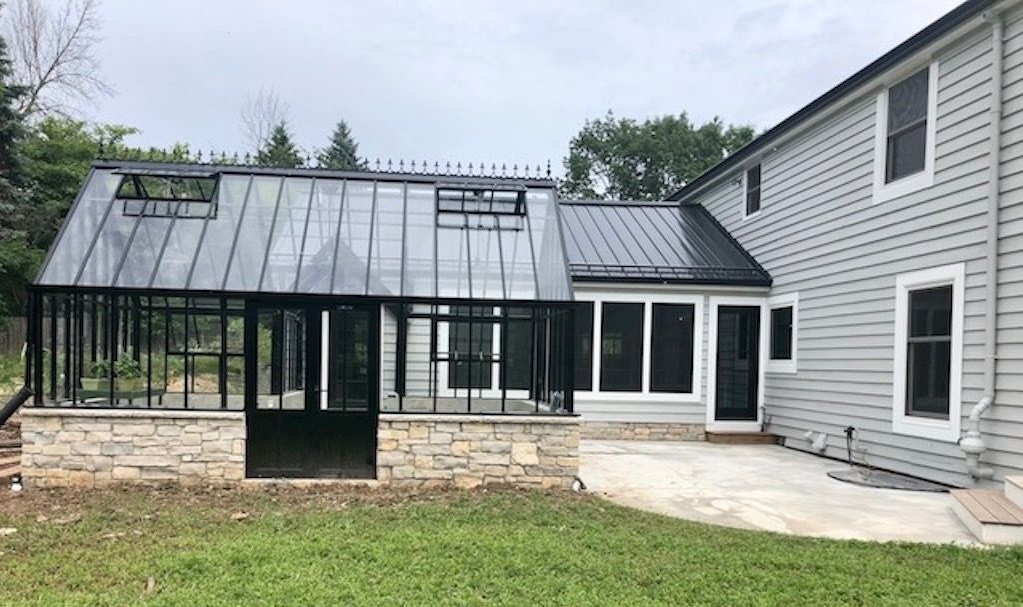In recent years, the appeal of home gardening has blossomed, fueled by a growing awareness of sustainability and the personal satisfaction that comes from cultivating one’s own produce. As more individuals seek control over their food sources and look to reduce their carbon footprint, the role of the greenhouse has evolved significantly. A well-designed greenhouse not only extends the growing season but also enhances the variety of plants you can cultivate, even in less-than-ideal climate conditions.
The technology and strategies for building or upgrading a greenhouse are evolving rapidly. Key considerations such as the integration of advanced materials, smart technology, and energy-efficient designs are becoming paramount. These enhancements not only make greenhouse gardening more effective but also more accessible to the average homeowner. In the following sections, we will delve into essential tips and the latest trends experts recommend for anyone looking to establish or upgrade their greenhouse, ensuring that your green sanctuary is both a pleasure to use and a pivotal part of your journey toward sustainable living.
Building a Greenhouse in 2024
The location of your greenhouse significantly impacts its ability to harness natural light, which is vital for the growth of plants. Orienting your greenhouse towards the south ensures maximum sunlight exposure throughout the day, especially during the shorter winter months. Additionally, the foundation of your greenhouse should be sturdy and well-insulated to prevent heat loss, enhance stability, and ensure longevity.
Material selection for your greenhouse frames and panels also plays a crucial role in its efficiency and impact. For frames, aluminum is lightweight, resistant to rust, and requires minimal maintenance, while galvanized steel is more robust but heavier. Wood offers a natural aesthetic that can blend beautifully with garden environments but may require more upkeep to prevent decay. Your choice should balance cost, aesthetics, environmental impact, and the specific climatic needs of your plants.

Upgrading Your Greenhouse
Maximized Storage Space
Upgrading your greenhouse to maximize storage space can transform it into a more functional and efficient area for gardening. Incorporating built-in shelving and tool racks can help keep your gardening tools and supplies neatly organized and easily accessible. This approach not only helps in managing the greenhouse interior more effectively but also creates an aesthetically pleasing environment. By implementing these design changes, you can ensure that every inch of your greenhouse is used optimally, making your gardening experience more enjoyable and productive.
Proper Irrigation
Implementing an automated drip irrigation system can significantly enhance the efficiency of water usage by delivering water directly to the roots of plants, minimizing evaporation and runoff. These systems can be easily customized to meet the specific water needs of different plants, ensuring that each gets just the right amount of moisture. Utilizing this water, devoid of chemicals and minerals often found in tap water, is particularly beneficial for many plants, promoting healthier growth and flowering.
Integration into Your Home
Integrating your greenhouse into your home’s design not only enhances its functionality but also elevates the overall aesthetic appeal of your property. Aim for aesthetic coherence by choosing materials and architectural styles that complement your existing home architecture. Strategically positioning your greenhouse can also play a crucial role in its usability and accessibility. This not so only provides convenience but also encourages regular use and interaction with your plants, integrating the greenhouse as a living part of your home environment.
Climate-Specific Adaptability
Customizing your greenhouse to resist prevalent climate challenges—be it heavy snowfall, intense sun, or high winds—can significantly enhance the longevity and efficacy of your greenhouse. Installing robust insulation is crucial for maintaining temperature control, crucial in regions experiencing extreme cold or heat. Equally important is an effective ventilation system, which not only helps regulate the internal climate but also prevents issues like mold and mildew by reducing humidity levels. By considering these factors, your greenhouse becomes a resilient structure tailored to your specific environmental conditions.
Smart Technology
Smart monitoring systems can track vital parameters such as temperature, humidity, and soil moisture, providing real-time data that can be accessed remotely. This allows for precise adjustments to be made, ensuring optimal growth conditions and alerting to any necessary interventions. Additionally, automated shading and lighting systems can dynamically adjust to changing weather conditions, enhancing plant health and productivity. These smart solutions not only promote greater yields and healthier plants but also reduce the workload and complexity of managing a greenhouse.
Create the Best Greenhouse with LaBonte Construction
A well-planned greenhouse renovation is crucial for enhancing the functionality and sustainability of your gardening space. For those looking to achieve the best results, consulting with the team at LaBonte Construction can provide tailored advice and insights specific to your needs and local conditions. By leveraging our expert guidance, you can ensure that your greenhouse project not only meets but exceeds your expectations, becoming a vital and vibrant part of your home.
Contact the team at LaBonte Construction today to learn more about upgrading your greenhouse.
Check out pictures of our home remodeling projects on Facebook and Houzz.

